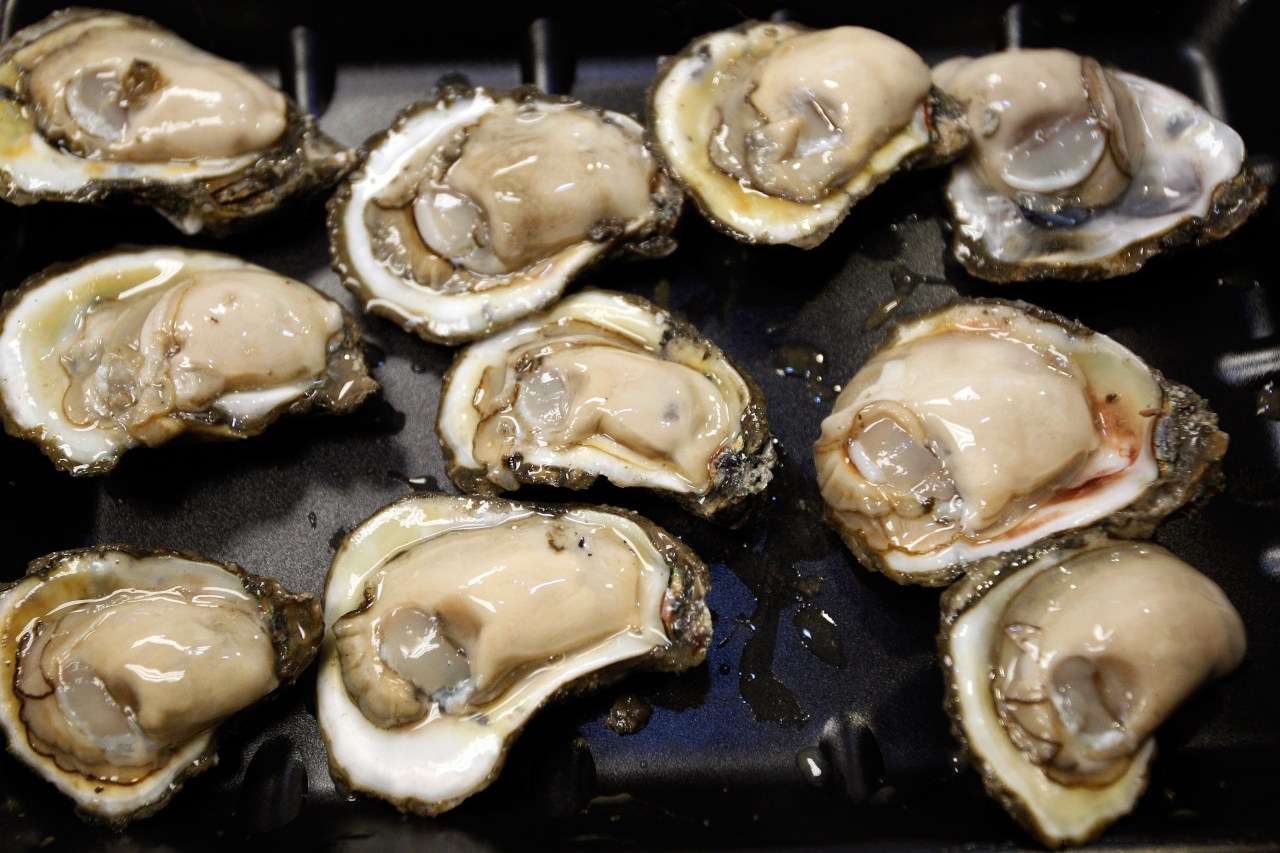Infection
Connecticut DPH warns of severe Vibrio infections from oysters, brackish water after death, hospitalizations
HARTFORD, Conn. (WTNH) — The Connecticut Department of Public Health (DPH) issued a warning on Friday about severe Vibrio infections after three people were hospitalized and one died.
Vibrio infections are caused by the consumption of raw shellfish or exposure to brackish or salt water, according to health officials. The Department of Public Health said three cases of V. vulnificus infections have been reported since July 1.
In all three of the cases, the patients were between 60 to 80 years old.
One of the patients said they had raw oysters from a restaurant out of state.
The two other patients said they were exposed to brackish or salt water in the Long Island Sound. Officials said both of the patients had open wounds or cuts when they went swimming, which likely led to the infection.
The V. vulnificus infection that comes from oysters can result in severe illness including bloodstream infections. V. vulnificus can cause wound infections when cuts are exposed to warm salt or brackish water, which is a mix of salt and fresh water.
People who get V. vulnificus infections get become gravely ill and need intensive care or limb amputations. According to the Connecticut Department of Public Health, about one in five people with the infection die.
People who have the greatest risk of getting the infection are the elderly or those with weakened immune systems.
The Connecticut Department of Public Health released the following tips to reduce your chance of infection:
- Do not eat raw or undercooked oysters or other shellfish.
- If you have a wound (including from a recent surgery, piercing, or tattoo), stay out of saltwater or brackish water
- Cover your wound with a waterproof bandage if it comes into contact with saltwater, brackish water, marine life, or raw or undercooked seafood
- Wash wounds and cuts thoroughly with soap and water after they have contact with saltwater, brackish water, marine life, raw seafood, or its juices.
For more information on V. vulnificus infections, you can find more on the Centers for Disease Control and Prevention website.

